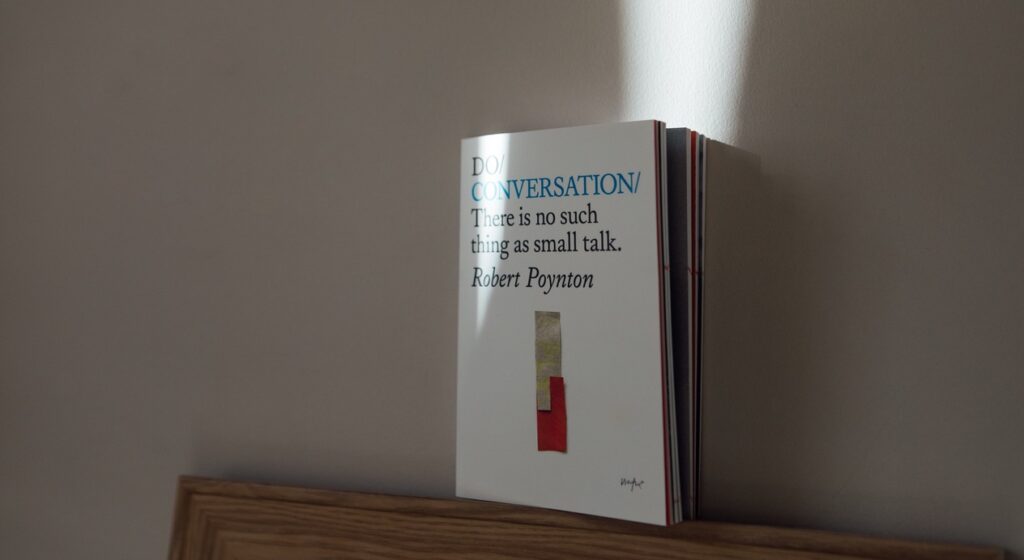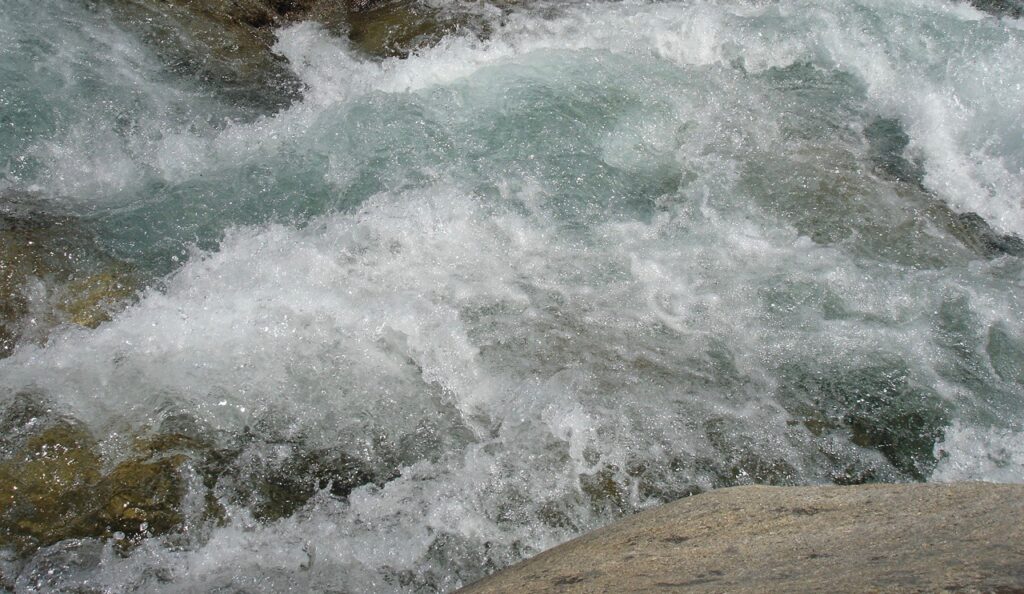It’s a filthy day. The rain has been coming at us, all day long. Horizontally. People don’t associate this weather with Spain, but here in the Gredos Mountains, when it rains, it really rains. It looks implausible, like bad movie rain, with exaggerated sheets of water coming at us hour after hour. The waterfall across the valley, swollen by the run off from millions of acres of bare granite, thunders so loudly you can hear it even above the howling wind. Our off-grid house, perched on an exposed hilltop, feels like a boat being battered by a storm.
On days like this, our own little stream becomes a torrent, sweeping so much sand and silt downstream that it can cut off our water supply. So this morning, I got the waders on and plodded uphill in the driving rain to the dam, ready to plunge waist deep in to the water, to see what was going on.
It sounds miserable, and in some ways it is, but there is also much to love about this. There’s something so simple, basic and vital about it. It’s probably atavistic (it’s certainly a bloke thing). You end up soaking wet and covered in mud but on the inside, you glow.
This time I had an added incentive. Basilio, one of the two brothers that built this house and one of the most resourceful people I have ever met, had made an improvement to the set up and I was curious to see if his idea had worked.
The problem he was trying to solve is this. Behind the little dam is a pool. A (perforated) pipe is set into the dam, which draws water from the pool and takes it into a water tank a few metres away, from where it is piped 2km downhill to our house. When the stream is in flood, the pool behind the dam fills up with sand and silt, water stops flowing into the pipe and before too long you run out of water (which is ironic, since it is inevitably tipping down).
Most of the ideas I have had about how to resolve this were ways to try and retain, or control the sand and silt – another dam, a bigger dam, a bypass channel and so on. But of course, that just delays the inevitable. Sooner or later you would have to clear out the silt – there would just be more if it.
Basilio’s idea was different. Instead of trying to stop the silt, he extended the pipe upstream so that the end of it lies just where the water flows over a rock and into the pool. He moved it into the area of turbulence, knowing that the constant vortex of water there would wash away the silt. At that point, where the water flowed into the pool, there ought to be a little area washed clear. And there was.
On the walk back down I started to wonder how this logic might apply elsewhere. Where else might we be better served, not by trying to constrain or control forces that will, sooner or later, overpower us, but by moving towards the source of the difficulty, into the turbulence, and, like an aikido move, using that to solve the problem….




